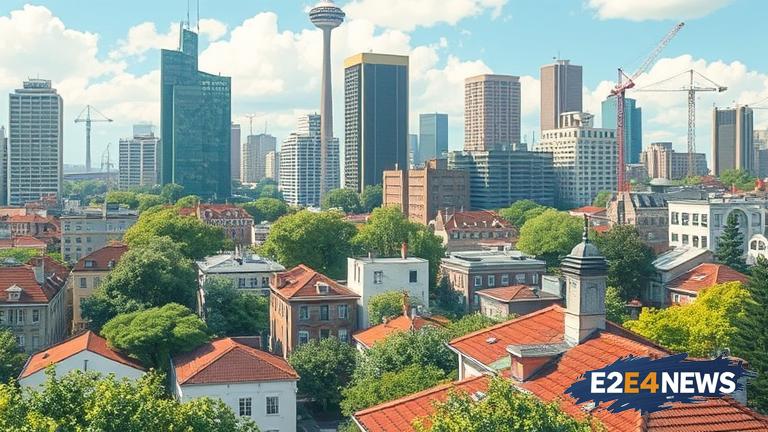The increasing frequency and severity of heatwaves in urban areas have prompted cities to explore innovative solutions to mitigate the effects of rising temperatures. Two popular strategies that have gained attention in recent years are the implementation of urban trees and cool roofs. Urban trees, also known as urban forestry, involve planting and maintaining trees in urban areas to provide shade, absorb carbon dioxide, and reduce the urban heat island effect. On the other hand, cool roofs refer to the use of reflective materials on rooftops to reflect sunlight and heat away from buildings, reducing the amount of heat that is absorbed and radiated back into the environment. Both strategies have been shown to be effective in reducing urban temperatures, but they have different advantages and disadvantages. Urban trees, for example, provide additional benefits such as improving air quality, reducing noise pollution, and creating habitats for urban wildlife. However, they require regular maintenance, can be expensive to plant and care for, and may not be suitable for all urban areas. Cool roofs, on the other hand, are relatively low-cost and easy to install, but they may not provide the same level of environmental benefits as urban trees. Furthermore, the effectiveness of cool roofs can be reduced if they are not properly maintained or if they are installed on buildings with poor insulation. Despite these limitations, many cities are turning to cool roofs as a quick and affordable solution to combat heatwaves. In contrast, urban trees are often seen as a long-term investment in the health and sustainability of urban ecosystems. Some cities are also exploring the use of green roofs, which combine the benefits of urban trees and cool roofs by providing a layer of vegetation on rooftops. Green roofs can provide additional benefits such as reducing stormwater runoff and improving air quality, but they can be expensive to install and maintain. As cities continue to grapple with the challenges of heatwaves, it is likely that a combination of both urban trees and cool roofs will be needed to effectively mitigate the urban heat island effect. In addition to these strategies, cities are also exploring other innovative solutions such as using smart technologies to monitor and manage urban temperatures, implementing heat action plans, and promoting public education and awareness campaigns. Ultimately, the most effective approach will depend on the specific needs and context of each city, and will require a comprehensive and multi-faceted strategy that takes into account the complex relationships between urban planning, climate change, and public health. By exploring the benefits and limitations of urban trees and cool roofs, cities can develop a more nuanced understanding of the challenges and opportunities of combating heatwaves, and can work towards creating more sustainable, resilient, and livable urban environments. The use of urban trees and cool roofs can also have a positive impact on the mental and physical health of urban residents, by reducing the stress and discomfort associated with heatwaves. Moreover, these strategies can also contribute to the mitigation of climate change, by reducing the amount of greenhouse gas emissions associated with urban energy consumption. As the world continues to urbanize, it is essential that cities prioritize the development of sustainable and resilient urban ecosystems, and that they explore innovative solutions to the challenges of heatwaves and climate change.
